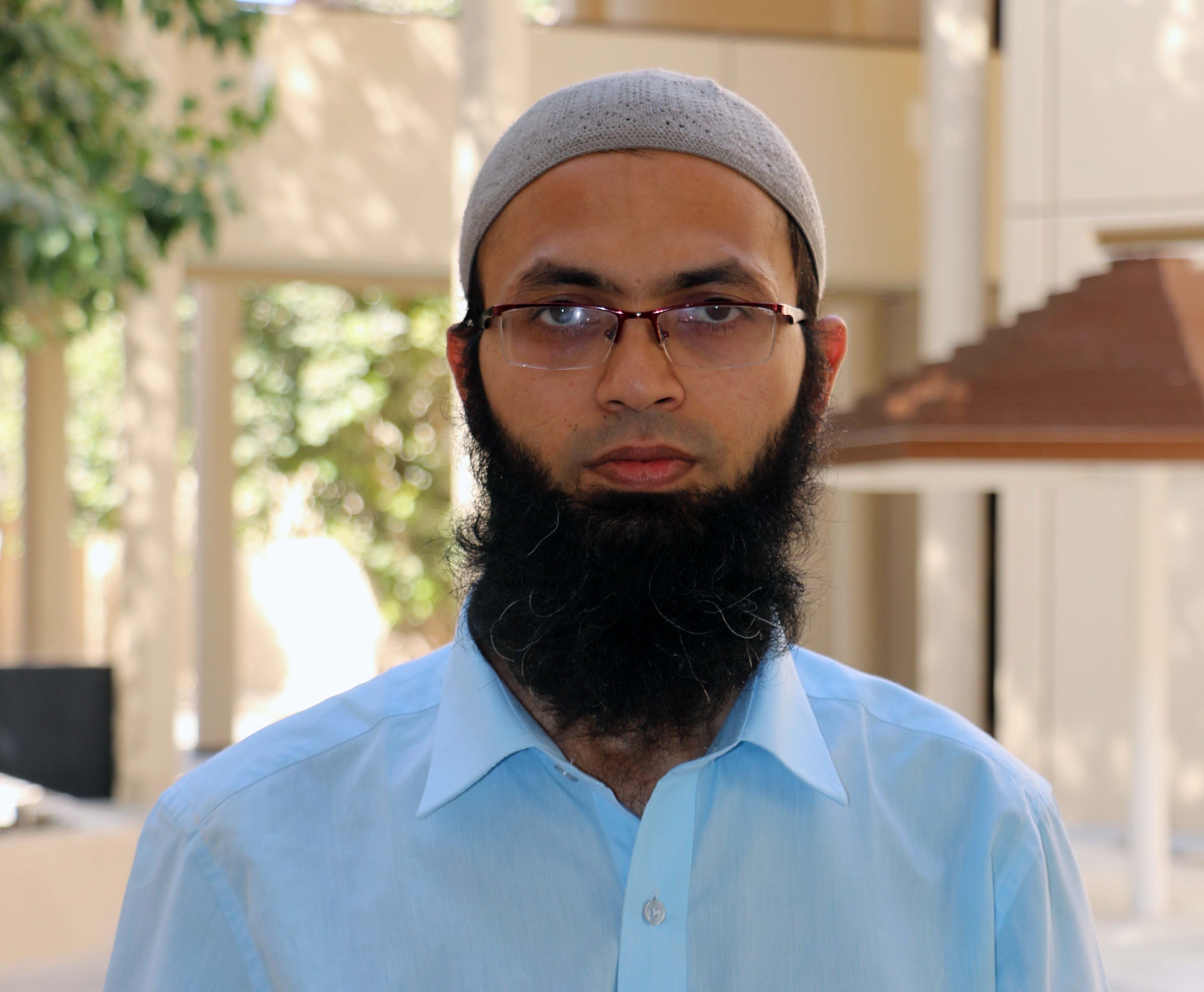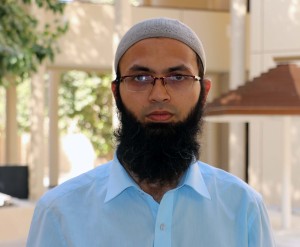Home
Welcome to my home page!!
Dr. Muhammad E. H. Chowdhury joined at Department of Electrical Engineering at College of Engineering – Qatar University in 2015. He worked as Post-doctoral research fellow at Sir Peter Mansfield Imaging Centre at the University of Nottingham, United Kingdom from February 2014 till August 2015. Dr. Chowdhury earned his Ph.D at July 2014 from University of Nottingham, UK in Biomedical instrumentation. He has completed M.S. (First class 2nd) in 2007 and B. Sc. (First class 1st with historical record marks) in 2006 from University of Dhaka, Bangladesh, both in Applied Physics, Electronics and Communication Engineering. Dr Chowdhury has 3 and half years of teaching experience in the field of Electrical and Electronic Engineering with special interest in the biomedical engineering and embedded system design. Dr. Chowdhury has worked as Assistant professor (on leave) from 2013-2015 and as Lecturer from 2009-2010 at the department of Electrical and Electronic Engineering (EEE) at the University of Dhaka (Bangladesh), as Lecturer from 2007-2009 in the department of Electronics and Telecommunication Engineering (ETE) at the University of Liberal Arts Bangladesh. He has also worked as part-time R&D engineer from 2010-2014 at nGen Electronics Ltd and from 2007-2008 at Solid State Electronics (BD) Ltd.
Dr. Chowdhury’s research experience focuses on combined electroencephalography (EEG) and functional magnetic resonance imaging (fMRI). This is a powerful approach to functional brain imaging which provides simultaneous measurements of electrical activity and blood flow changes in the brain. However, recording the weak voltages produced at the surface of the scalp by brain activity in the presence of the large time-varying magnetic fields that are used in MRI is technically challenging. During his PhD, Dr. Chowdhury has developed a novel approach for reducing the artefacts at source. This relies on simultaneous recording of the artefacts produced in a reference layer composed of material of similar conductivity to tissue. Dr. Chowdhury has carried out electromagnetic modelling work to show that the Reference Layer Artefact Subtraction (RLAS) method works and to identify the optimal reference layer configuration. He has also carried out detailed experimental studies using ‘phantoms’ and human subject which have clearly demonstrated the benefits of the RLAS approach. He has published 15 papers in peer reviewed journals and participated in 21 international conferences. He has worked as consultant for the projects entitled “Driver Distraction Management Using Sensor Data Cloud (2013-14, Information Society Innovation Fund (ISIF) Asia)”, “Real Time Monitoring of Crop Diseases and Pests using Image Sensor Network Technology (2013-14)” and “Design and Development of Precision Agriculture Information System for Bangladesh (2012-13)”.
He is a recipient of Hermes Fellowship 2015 (University of Nottingham), Commonwealth Scholarship UK-2010, ISIF Asia Community Choice Award 2013 and Provost Award 2007 (University of Dhaka). In professional activities, he is a member of several international organizations including IEEE, ISMRM, IOP, IPEM, BIR and OHBM. He has acted as Session chair at “Circuit and Systems” session on Electrical Engineering and Information & Communication Technology conference 2015. He also serves as a reviewer of several refereed journals.

